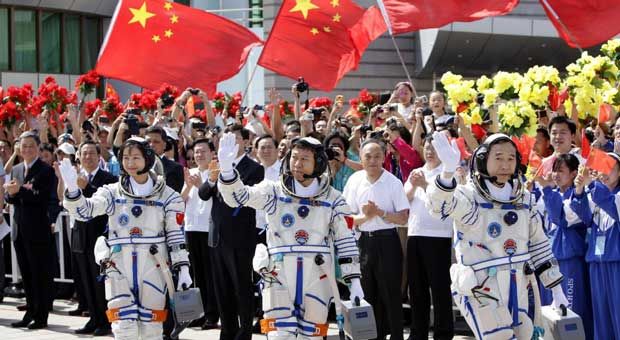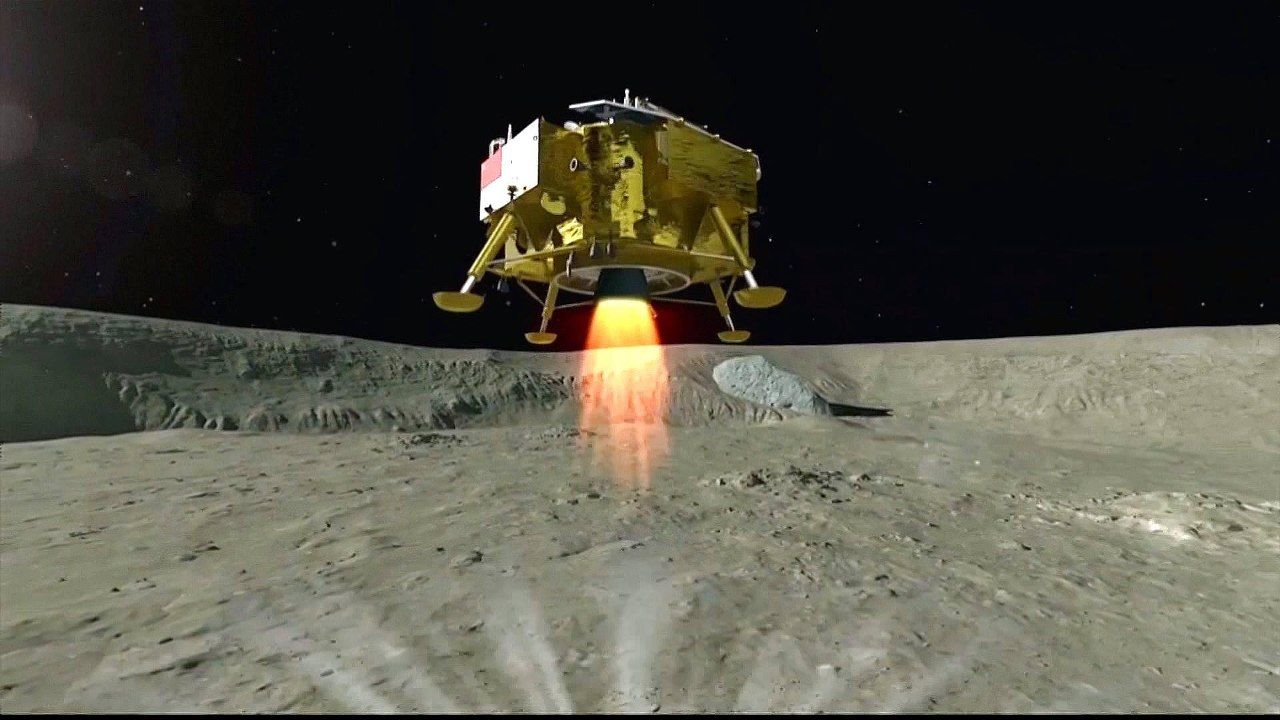China Could Start Building a Base on the Moon Today Using Technology That Already Exists
by Joshua Chou January 17, 2019 (newsweek.com)
• On the heels of China’s Chang’e-4 historic landing on the far side of the moon on January 3rd, China announced its plans to follow up with three more lunar missions, laying the groundwork for a lunar base.
• How close is China to actually achieving this goal? With modern technological advancements and the discovery of water sources close to the lunar poles, China could start building a base on the Moon today.
• The lunar environment is susceptible to deep vacuum conditions, strong temperature fluctuations and solar radiation, among other conditions hostile to humans. So the first lunar base would likely be an unmanned facility run by automated robotics to ensure that the necessary infrastructures and support systems are fully operational before people arrive. China has taken the first step by examining the soil of the lunar surface. This is necessary for building an underground habitat and supporting infrastructure that will shield the base from the harsh surface conditions.
• Seeds taken to the Moon by the Chang’e-4 mission have now reportedly sprouted. This is the first time plants have been grown on the Moon, paving the way for a future food farm on the lunar base.
• Of all the possible technologies for building a lunar base, 3D printing offers the most effective strategy. 3D printing on Earth has revolutionized manufacturing productivity and efficiency. 3D printers that can operate in the microgravity environment of the Moon have the potential to make everything from daily items, like drinking cups to repair parts for the base. Both Germany and NASA have already demonstrated the feasibility of 3D printing technology in zero gravity. A lunar base will likely be built using prefabricated parts in combination with large-scale 3D printing.
• We know that human organs, tissues and cells are highly responsive to gravity, but an understanding of how human cells function and regenerate in a Moon environment is currently lacking. Will medicine from Earth still work? Again, 3D bio-printing of human organs and tissues will play a crucial role in sustaining lunar missions by allowing for robotic surgeries. Russia recently demonstrated the first 3D bio-printer to function under microgravity.
• What is certain is that China will use the next 10 to 15 years to develop the requisite technical capabilities for conducting manned lunar missions and set the stage for space exploration.
The world is still celebrating the historic landing of China’s Chang’e-4 on the dark side of the moon on January 3. This week, China announced its plans to follow up with three more lunar missions, laying the groundwork for a lunar base.
Colonizing the Moon, and beyond, has always being a human aspiration. Technological advancements, and the discovery of a considerable source of water close to the lunar poles, has made this idea even more appealing.
But how close is China to actually achieving this goal? If we focus on the technology currently available, China could start building a base on the Moon today.
The first lunar base
The first lunar base would likely be an unmanned facility run by automated robotics—similar to Amazon warehouses—to ensure that the necessary infrastructures and support systems are fully operational before people arrive.
The lunar environment is susceptible to deep vacuum conditions, strong temperature fluctuations and solar radiation, among other conditions hostile to humans. More importantly, we have yet to fully understand the long term impact on the human body of being in space, and on the Moon.
Seeds taken to the Moon by the Chang’e-4 mission have now reportedly sprouted. This is the first time plants have been grown on the Moon, paving the way for a future food farm on the lunar base.
Building a lunar base is no different than building the first oil rig out in the ocean. The logistics of moving construction parts must be considered, feasibility studies must be conducted and, in this case, soil samples must be tested. China has taken the first step by examining the soil of the lunar surface. This is necessary for building an underground habitat and supporting infrastructure that will shield the base from the harsh surface conditions.
3D printed everything
Of all the possible technologies for building a lunar base, 3D printing offers the most effective strategy. 3D printing on Earth has revolutionized manufacturing productivity and efficiency, reducing both waste and cost.
FAIR USE NOTICE: This page contains copyrighted material the use of which has not been specifically authorized by the copyright owner. ExoNews.org distributes this material for the purpose of news reporting, educational research, comment and criticism, constituting Fair Use under 17 U.S.C § 107. Please contact the Editor at ExoNews with any copyright issue.

